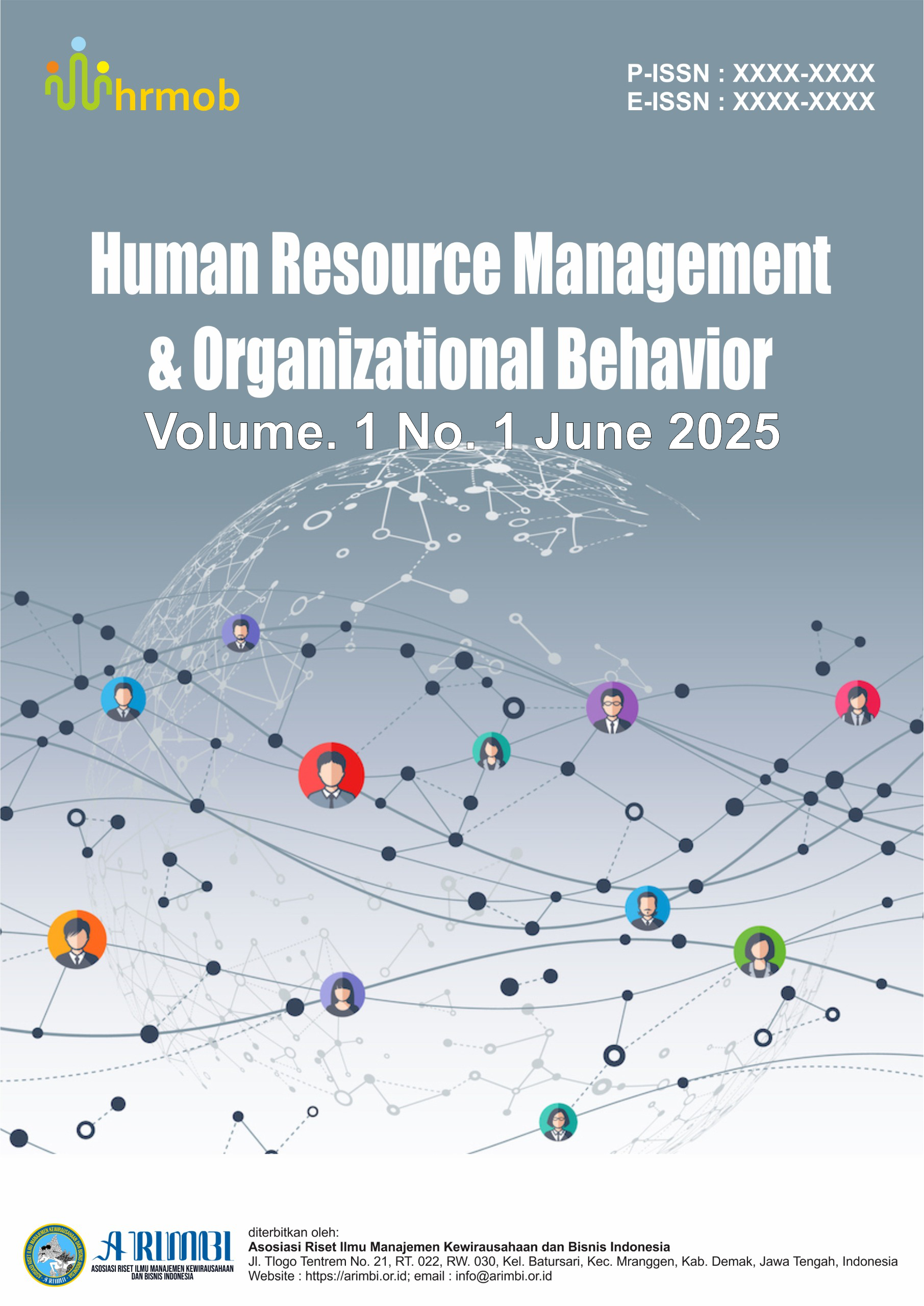Human Resource Analytics as a Strategic Tool for Talent Retention
Keywords:
employee retention, human resource analytics, predictive analytics, strategic HRM, talent managementAbstract
Human Resource Analytics (HRA) has emerged as a critical strategic tool in managing workforce dynamics, particularly in addressing the persistent challenge of talent retention. This study aims to explore how organizations can leverage HRA to enhance their retention strategies by identifying patterns, predicting turnover risks, and informing evidence-based decision-making. Using a qualitative approach supported by case study analysis, the research investigates the implementation of HRA in several organizations across different industries. The findings indicate that organizations utilizing advanced analytics are better equipped to understand employee behavior, satisfaction drivers, and engagement levels, which significantly impact retention. Moreover, the integration of predictive analytics allows HR departments to proactively address potential attrition. The study highlights the importance of data literacy, technological infrastructure, and cross-functional collaboration in optimizing HRA initiatives. The implications suggest that when used strategically, HRA not only improves retention but also aligns talent management practices with overall business objectives. This paper contributes to the growing literature on data-driven HR strategies and offers practical insights for HR professionals seeking to retain top talent in a competitive market.
References
Angrave, D., Charlwood, A., Kirkpatrick, I., Lawrence, M., & Stuart, M., “HR and analytics: Why HR is set to fail the big data challenge,” Human Resource Management Journal, vol. 26, no. 1, pp. 1–11, 2016. https://doi.org/10.1111/1748-8583.12090
Barney, J., “Firm resources and sustained competitive advantage,” Journal of Management, vol. 17, no. 1, pp. 99–120, 1991. https://doi.org/10.1177/014920639101700108
Bersin, J., “People analytics: Here with a vengeance,” Deloitte Insights, 2018. [Online]. Available: https://www2.deloitte.com
Braun, V., & Clarke, V., “Using thematic analysis in psychology,” Qualitative Research in Psychology, vol. 3, no. 2, pp. 77–101, 2006. https://doi.org/10.1191/1478088706qp063oa
Cascio, W. F., & Boudreau, J. W., “The search for global competence: From international HR to talent management,” Journal of World Business, vol. 51, no. 1, pp. 103–114, 2016. https://doi.org/10.1016/j.jwb.2015.10.002
Creswell, J. W., & Poth, C. N., Qualitative Inquiry and Research Design: Choosing Among Five Approaches, 4th ed., Thousand Oaks, CA: SAGE Publications, 2018.
Davenport, T. H., Harris, J., & Shapiro, J., “Competing on talent analytics,” Harvard Business Review, vol. 88, no. 10, pp. 52–58, 2010.
Fitz-enz, J., & Mattox, J. R., Predictive Analytics for Human Resources, Hoboken, NJ: Wiley, 2014.
Levenson, A., “Using workforce analytics to improve strategy execution,” Human Resource Management, vol. 57, no. 3, pp. 685–700, 2018. https://doi.org/10.1002/hrm.21854
Marler, J. H., & Boudreau, J. W., “An evidence-based review of HR Analytics,” The International Journal of Human Resource Management, vol. 28, no. 1, pp. 3–26, 2017. https://doi.org/10.1080/09585192.2016.1244699
Minbaeva, D., “Building credible human capital analytics for organizational competitive advantage,” Human Resource Management, vol. 57, no. 3, pp. 701–713, 2018. https://doi.org/10.1002/hrm.21854
Patton, M. Q., Qualitative Research and Evaluation Methods, 3rd ed., Thousand Oaks, CA: SAGE Publications, 2002.
Tursunbayeva, A., Di Lauro, S., & Pagliari, C., “People analytics—A scoping review of conceptual boundaries and value propositions,” The International Journal of Information Management, vol. 43, pp. 224–247, 2018. https://doi.org/10.1016/j.ijinfomgt.2018.08.002
Ulrich, D., Brockbank, W., Johnson, D., Sandholtz, K., & Younger, J., HR Competencies: Mastery at the Intersection of People and Business, Alexandria, VA: Society for Human Resource Management, 2008.
Yin, R. K., Case Study Research and Applications: Design and Methods, 6th ed., Thousand Oaks, CA: SAGE Publications, 2018.



